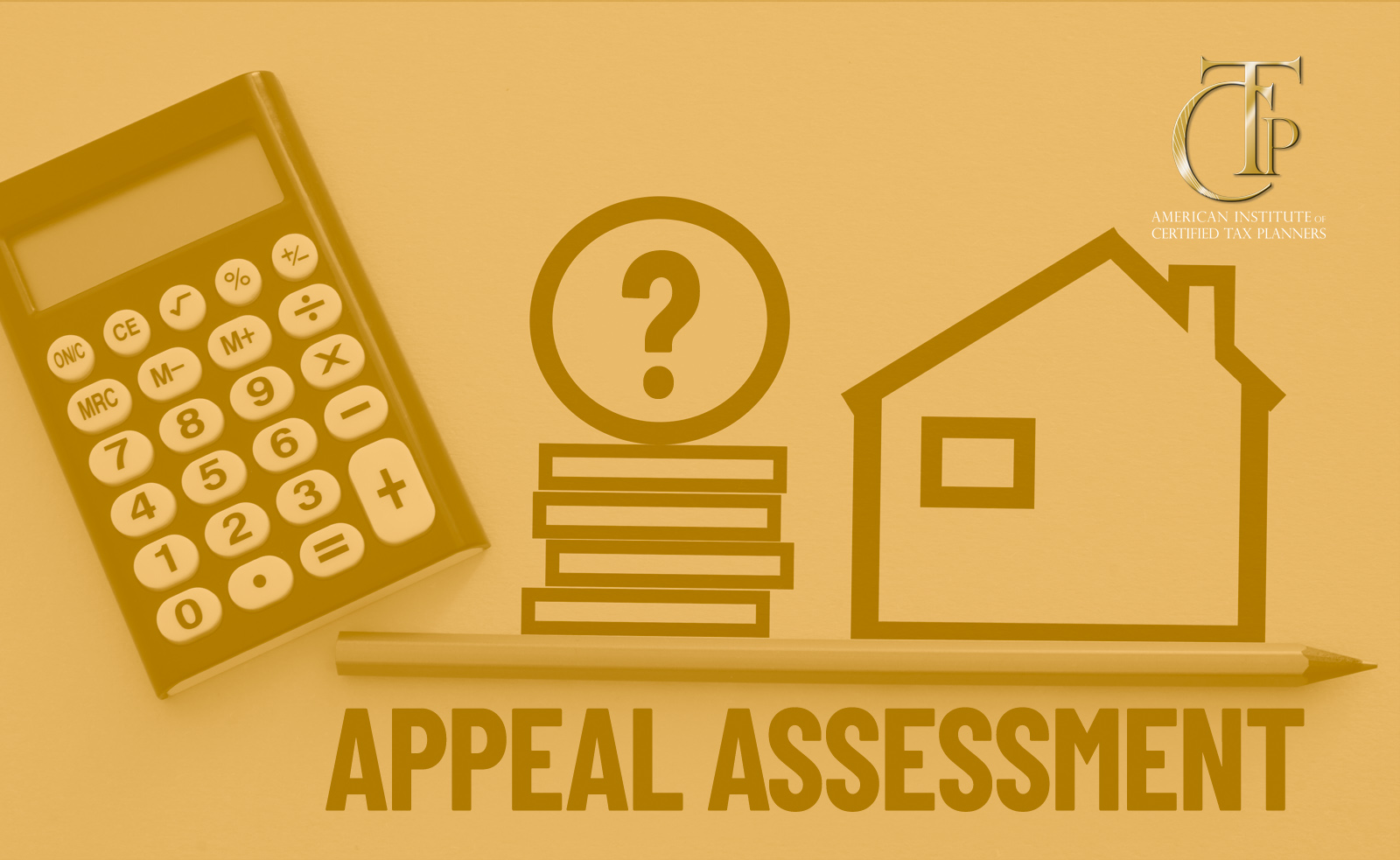Want information on commercial property assessment appeals instead? Read here.
This tax season marks the highest property tax rates the nation has seen in five years. Homeowners are looking for every possible way to offset the costs, but they may not realize that one option is to appeal their property tax assessment. Residential property taxes are based on the assessed value of a property, which could be determined yearly or even less frequently depending on the locality. Many homeowners don’t know how their property taxes are assessed, and if the valuation they see is below current fair market value, they won’t question it. Taxpayers will be surprised to learn that an estimated 50% of all property in the U.S. is over-assessed, but less than 7-8% of people challenge those assessed values.
This is where you can be an incredible asset as a tax professional—the research skills and understanding of taxation that you already bring to the table means that with a little extra work you could save a client hundreds or thousands on their yearly tax bill. What’s more, this service is not included under Circular 230, so we can actually charge contingency fees if the taxpayer does save on taxes.
Collecting the Data
Before taking on this work for a client, you will need to consider whether you have a case for this appeal. The key is to determine equitability: is your property valued equitably with similar type properties within the same taxing jurisdiction? To figure this out, you will need to collect data to see if you can make a solid, facts-based argument that the taxpayer’s property assessment is too high. If the data supports you, your client may be granted a lower tax bill.
You can start by gathering accurate information for your client’s property. Most of this can be found online, such as the lot number, block number, and parcel identification number (PIN) online. The PIN can also be found on a tax bill or closing escrow statements. At least one of these numbers is usually needed to then look up the property deed and property record card. These resources should give you an idea of what data was used to value the property.
You will want similar information on like properties that were sold more recently, since these typically have the most accurate value. Again, you can often find the property tax bill for these properties online and see the assessed valuation for the land and for any improvements. You will also want to get the legal property number and a legal description of those properties for documentation purposes.
You will likely also need to call the municipal taxing authority or the county tax collector for the area your client’s property is located in. Ask for the sales ratio, which might also be called the average ratio, the assessment ratio, the Director’s Ratio, or the Residential Assessment Ratio (RAR). This number is an equalizing rate that will enable you to equalize the value of that property so that it is more comparable to other properties that have a more accurate value. Put all together, this will help you determine the equitable value of the subject property.
Understanding Valuation
Another nuance to consider is that the local assessor’s office may use one or more of the three basic methods for property valuation. Understanding the differences will set you on the right path in where to do your research for discrepancies and overlooked details. The three methods are the Cost Approach, the Comparative Sales Approach, and the Income Capitalization Approach.
The Cost Approach is based on the idea that a buyer would not pay more for a property than it would cost to build a similar residence. So in this case, the property value is equal to the cost of land plus the cost of improvements minus any depreciation. Depreciation can include any loss in value that might come from a structure deteriorating over time, appliances and features becoming obsolete, or a location becoming less desirable. The property deed and property record card will help you find these numbers and understand what went into the valuation.
The Comparative Sales Approach looks instead at the current state of the real estate market. An assessor using this approach would identify “comparables” or other properties with similar characteristics that were recently sold. The value of a property is then determined by the sales prices of comparable properties plus or minus any adjustments based on the location, size, or age of the subject property. With this method, any factors that impact what real buyers are currently looking for can impact the valuation.
If this method is used, finding your own comparables will be an important part of research. You can simply go onto Zillow, type in the neighborhood or city where the property is located, and search for similar properties that have recently been sold. This is where you will need to work with your client to understand what makes their property different. Based on Zillow prices, you might notice that houses on the west side of the neighborhood are selling for more because they are by the water. This could be a reason to decrease the assessed value for your client’s home. If your client mentions that they have an older electrical system or appliances, this could also be a reason to decrease the value, especially if other houses in the area have been recently renovated.
Lastly, the Income Capitalization Approach is typically used with income-producing properties, such as multifamily properties or apartment buildings. The main factor here is the future financial benefits the taxpayer could get from owning this property. Depending on the size and current use of the property, you can use one of two different formulas (either net income or gross income) to calculate the value. Using this approach can help result in a lower value.
Submitting an Appeal
Collect any documentation you need to fill out the official property form if that state or locality has one. You can also use a template form like the one we provide to AICTP members. To fill out these forms, you will need the addresses, ID numbers, and year built for any comparable properties you are referencing. You will also list out any adjustments you are making.
Remember that in addition to the valuation approach, different states and municipalities have different rules for calculating property taxes, so you’ll need to become familiar with the laws in your client’s area and the due dates to appeal an assessment.
After submitting an appeal, if it is rejected for some reason, it is still possible to challenge that at the next level. This may not be worth the investment unless there is a very large discrepancy between the appraised value versus the estimated value your research is showing. If this is the case, talk to your client about the possibility of working with a professional appraiser to identify where an argument could be made for a lower tax assessment.
Summary
The research and documentation process will take time at first, as with any endeavor. However, once you are familiar with the typical reasons properties are over-assessed and where to find the supporting evidence, this can be a fairly quick and streamlined way to offer yet another valuable service to your clients. The key is understanding the valuation approach and the quirks of how a given state or municipality calculates property taxes. Once you are familiar with these elements, you can present your clients with a benefit that may once have seemed impossible—a lower property tax bill.
To learn more about property tax assessments and best practices for filing an appeal, sign up to become a Certified Tax Planner today.







